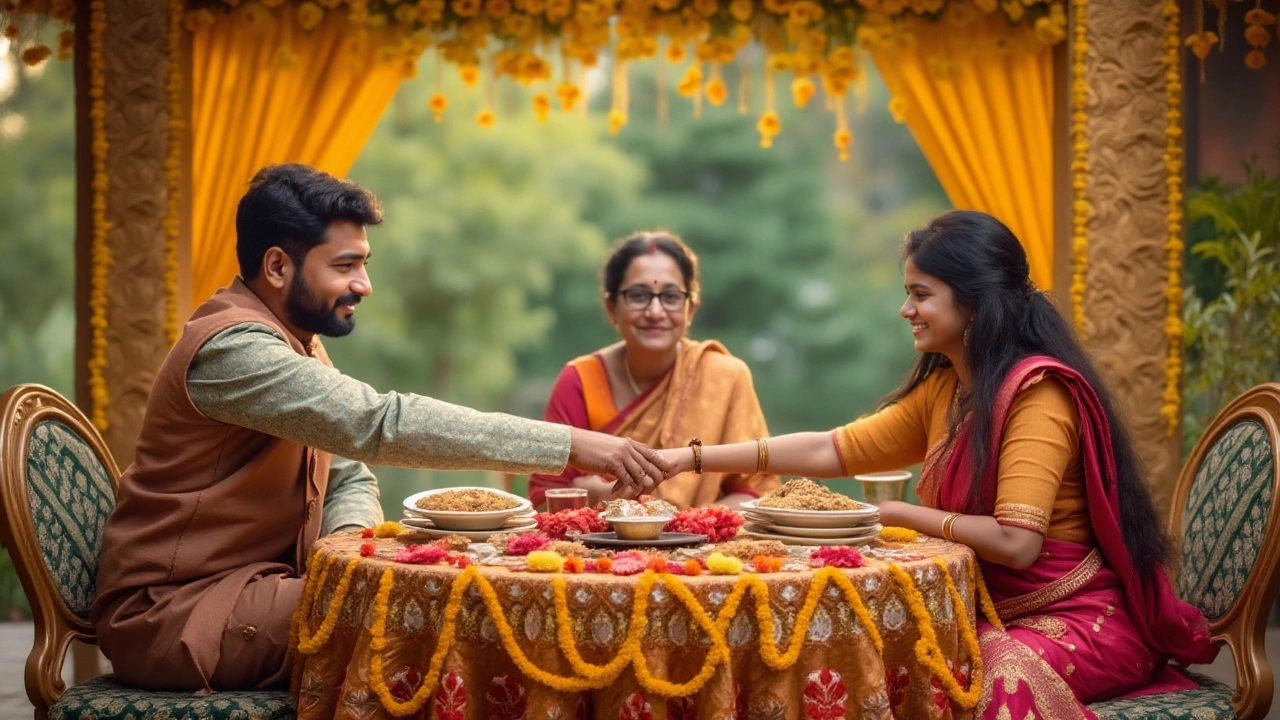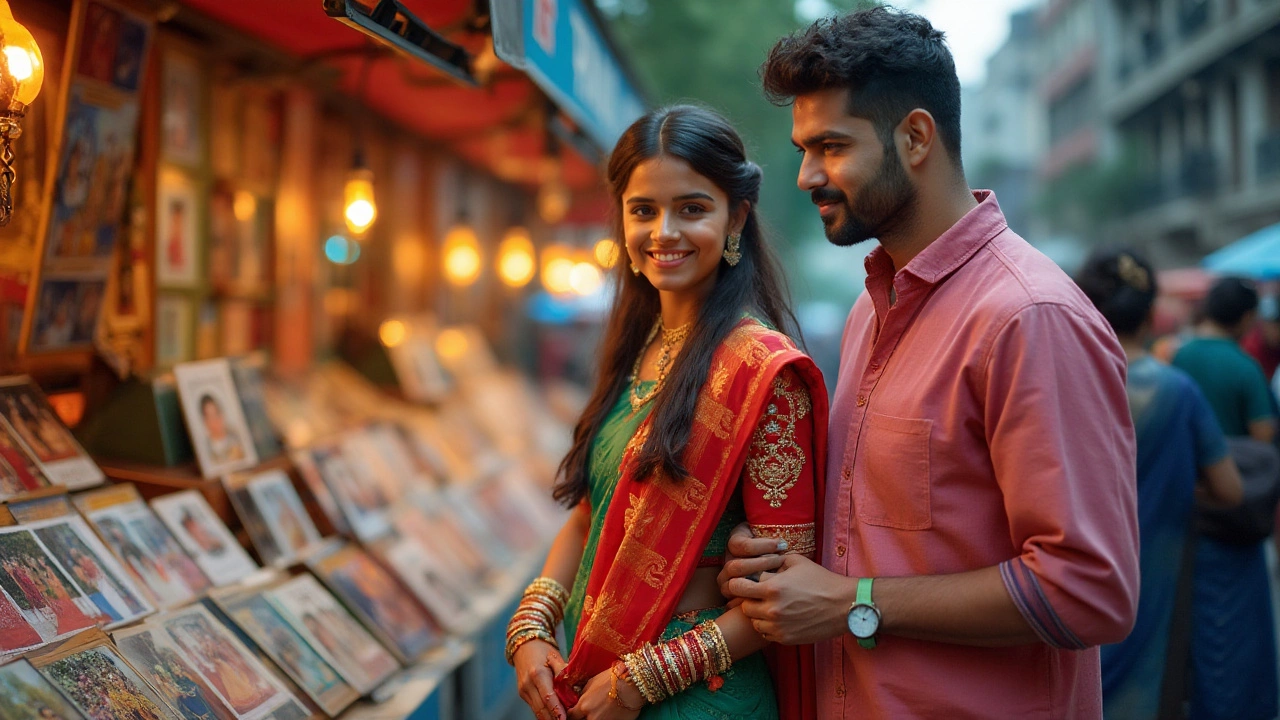Wedding Expenses: Practical Budget Guide for Indian Couples
Planning a wedding can feel like juggling a thousand numbers. The good news? You don’t have to guess your way through it. Below you’ll find the most common cost categories, realistic price ranges for 2025, and easy tricks to keep your budget in check without sacrificing the wow factor.
Key Cost Areas to Track
First, list every expense you can think of. It sounds basic, but writing it down stops surprise bills later. Here are the top items you’ll usually see on an Indian wedding invoice:
- Venue & decorations: Mumbai venues range from ₹50,000 for a small banquet hall to over ₹5 lakhs for a luxury hotel ballroom.
- Photography & videography: A decent photographer starts at ₹5,000 per hour. Full‑day packages with editing usually land between ₹20,000–₹80,000.
- Catering: Expect ₹500–₹2,000 per plate, depending on the menu and service style.
- Attire: Bridal lehengas can cost ₹30,000–₹3 lakhs, while groom’s sherwanis are typically ₹10,000–₹1 lac.
- Makeup & hair: Professional artists charge ₹2,000–₹10,000 for a trial and day‑of look.
- Invitations & stationery: Digital invites are cheap; printed sets start at ₹1,000 and can go up to ₹15,000 for custom designs.
- Miscellaneous: Permit fees, transport, accommodation for out‑of‑town guests – set aside a 10% buffer.
Use these figures as a baseline, then adjust for your guest count and personal taste. Adding a simple spreadsheet column for “Estimated” vs. “Actual” helps you spot overruns early.
Smart Ways to Save Without Cutting Fun
Now that you know where the money goes, here are three quick ways to shave off costs:
- Bundle services: Many studios offer photography, videography, and even pre‑wedding shoots in one package. Compare the bundled rate to individual quotes – you’ll often save 10‑15%.
- Off‑season dates: Booking a venue on a weekday or during the non‑peak season (October‑December) can shave thousands off the price.
- DIY décor elements: Hand‑crafted rangoli or simple flower garlands look gorgeous and cost a fraction of a professional decorator’s fee.
Remember, the biggest expense for most couples is the photographer. If you’re wondering whether ₹5,000 is too low, check the portfolio, ask about post‑production work, and read reviews. A cheap price can mean fewer edited photos or lower resolution files, which hurts the memories you’ll keep forever.
Finally, keep a small “fun fund” – about 5% of your total budget – for unexpected splurges like a last‑minute dance performance or a special dessert. That cushion keeps stress low and the celebration high.
With a clear list, realistic numbers, and a few saving hacks, you’ll stay on top of wedding expenses and enjoy the planning process instead of fearing it. Happy budgeting, and enjoy your big day!

